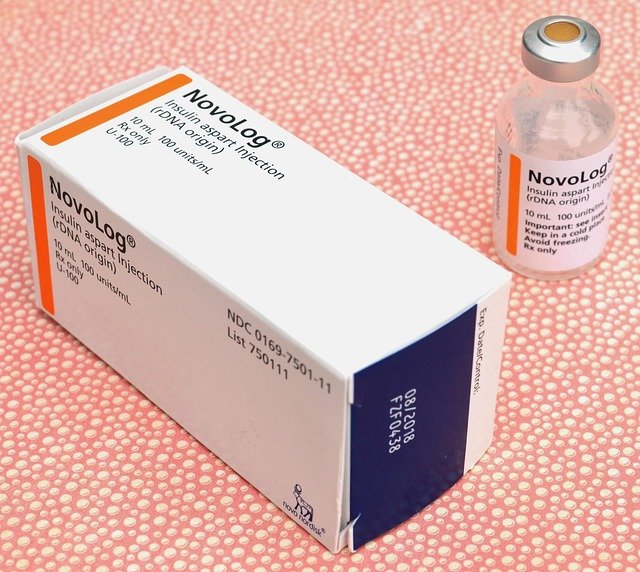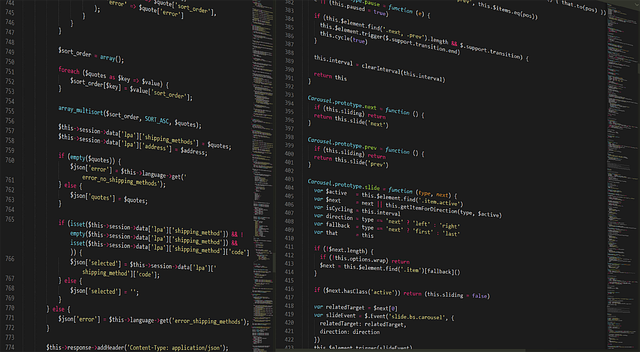Tardive Dyskinesia Care: Treatment Options & Strategies
Tardive dyskinesia (TD) causes involuntary, repetitive movements often linked to long-term antipsychotic use. This article reviews proven and emerging TD treatments — from medication changes and FDA-approved VMAT2 inhibitors to supplements, injections, therapy, and surgical options — to help patients and caregivers understand their choices and next steps.

Tardive dyskinesia (TD) is a neurological movement disorder marked by involuntary, repetitive motions—commonly of the face, mouth, tongue, and limbs—that often arise after prolonged exposure to certain medications, particularly antipsychotics. Managing TD typically requires a personalized, multi-pronged plan that balances symptom control, side-effect risk, and overall quality of life.
Primary treatment strategies
Treatment for TD usually combines several approaches tailored to the individual. The main options clinicians consider include:
-
Medication adjustment: When feasible, reducing the dose of the suspected causative drug or switching to a lower-risk antipsychotic can lessen symptoms. Any changes should be supervised by a prescribing clinician to avoid psychiatric destabilization.
-
VMAT2 inhibitors: These drugs are the first class specifically approved for TD and have become a cornerstone of treatment for many patients.
-
Antioxidants and supplements: Some agents with antioxidant or neuroprotective properties have shown mixed but promising results in studies.
-
Botulinum toxin injections: For focal TD affecting discrete muscle groups (for example, orofacial or neck muscles), targeted injections can reduce problematic movements.
-
Deep brain stimulation (DBS): Reserved for severe, treatment-resistant TD, DBS is a neurosurgical option that may provide meaningful relief in selected cases.
A comprehensive plan often pairs medication-based interventions with rehabilitation and supportive therapies to maximize daily functioning.
VMAT2 inhibitors: how they work and what to expect
Vesicular monoamine transporter 2 (VMAT2) inhibitors act by modulating dopamine release in the brain, which helps reduce the involuntary movements that define TD. Two VMAT2 inhibitors approved in the U.S. are valbenazine and deutetrabenazine. Clinical trials and clinical practice have shown substantial symptom reduction for many patients—improvements can sometimes be seen within a few weeks after starting treatment, though individual responses vary.
While VMAT2 inhibitors are effective for many people, they are not universally successful and can produce side effects, including sedation, gastrointestinal symptoms, or changes in mood. Regular monitoring by a healthcare provider is important to assess benefit, adjust dosing, and watch for adverse effects.
Supplements and antioxidants: evidence and precautions
Research into non-prescription agents suggests some supplements may offer modest benefit for TD, although evidence levels differ:
- Vitamin E: High-dose vitamin E has demonstrated symptomatic improvement in some trials, possibly due to antioxidant effects.
- Ginkgo biloba: This herbal supplement, noted for antioxidant properties, has shown benefit in a subset of studies.
- Melatonin: Best known for sleep regulation, melatonin has exhibited potential to reduce TD symptoms in certain research settings.
- Omega-3 fatty acids: These essential fats may provide neuroprotective support and have been explored as adjunctive therapy.
Despite encouraging findings, supplements can interact with medications or cause side effects. Discuss any new supplement regimen with a clinician before starting it.
Localized treatments and advanced interventions
For patients whose TD is localized to particular muscles, botulinum toxin injections can be effective in reducing involuntary contractions and improving function. These injections are typically repeated at intervals determined by effect duration and side effects.
Deep brain stimulation is considered for severe, refractory TD when the potential benefits outweigh surgical risks. DBS requires evaluation by a multidisciplinary team and careful patient selection.
Non-pharmacological strategies and supportive care
Non-drug measures are important complements to medical therapy and can improve daily functioning:
- Physical therapy: Targeted exercises and movement retraining can enhance motor control and ease some symptoms.
- Occupational therapy: Practical adaptations, assistive devices, and task strategies help maintain independence in daily activities.
- Stress management: Techniques such as mindfulness, meditation, or yoga may reduce symptom exacerbations, since stress often worsens involuntary movements.
- Diet and exercise: Overall brain and body health benefit from balanced nutrition and regular physical activity, which can support rehabilitation goals.
- Psychological support: Counseling or support groups help address emotional and social challenges associated with living with TD.
| Treatment | Typical cost range (US) |
|---|---|
| VMAT2 inhibitors (monthly medication cost) | $500–$2,500+ |
| Botulinum toxin injections (per treatment) | $200–$1,200 |
| Deep brain stimulation (surgery + device) | $30,000–$100,000+ |
| Physical/Occupational therapy (per session) | $75–$250 |
Costs vary widely based on location, insurance coverage, provider, and dosing; the figures above are rough estimates only.
Long-term outlook and ongoing research
The prognosis for TD varies. Some individuals experience symptom reduction—especially when the triggering medication is stopped or changed—while others have persistent symptoms. The arrival of VMAT2 inhibitors and improved awareness of TD has led to better symptom control for many patients, allowing improved daily functioning and quality of life.
Ongoing clinical research continues to refine existing treatments and evaluate new approaches. Decisions about therapy should be individualized, weighing expected benefit, side effects, treatment accessibility, and patient preferences.
This article is for informational purposes only and should not be considered medical advice. Please consult a qualified healthcare professional for personalized guidance and treatment.




